This is the first chapter of a novel titled Kyoto Dreamtime being written by Everett Kennedy Brown.
************************
Chapter 1 The Voices in Rocks
“Quietude
in the temple grounds. Quietude in the surrounding hills and forests. In the stillness you can hear them. The
rocks. Listen to the way they murmur. Listen to how they chatter. They speak of
Kyoto dreamtime.”
Those were the first memorable words
Junko and I heard after we moved to Kyoto. It was more than three years ago
now. They were spoken by an old kimono designer. His name is Yamamoto Sensei. He was to become
my teacher, my sensei, as we started our new life in Kyoto.
It was Junko’s idea to meet him. Her grandmother had several kimono that were made by Yamamoto’s ancestors. The kimono were important pieces in Junko’s collection of kimono that she inherited from her grandmother. For many generations, Yamamoto sensei’s family had been making kimono in Kyoto and Junko thought a visit with him would be a good person for us to meet. Junko’s intuition was right.
As is the custom in Kyoto, we arrived a hair’s breath before the decided hour. Junko had brought a gift of carefully wrapped Parisian chocolates to present to Yamamoto Sensei. She had chosen a particular traditional chocolate because of the Paris World Exposition in 1867. Junko knew her Parisian chocolates. She had studied classical flower arranging in Paris in her twenties. She had rented an apartment in the Seventh Arrondissement for a couple of years and knew the city and its people quite well. Junko came to understand a lot of similarities between Kyoto people and Parisians: their attention to detail; the importance of form in social situations; their insularity and mastery of innuendoes. She knew that Parisian chocolates would please Yamamoto Sensei. At the 1867 World Exposition his family’s kimono were a major attraction. Legend has it that the painter Monet had come to admire their vivid colors and intricate brocade silk designs.
Just at the appointed time Yamamoto Sensei greeted us at the sliding wooden door of his atelier. He was a somewhat tall man. His facial features were delicate, almost feminine; not uncommon in men from old Kyoto families. The wrinkles in his forehead spoke of the many intricate social relations he had accumulated over a lifetime. With his long and graceful fingers he gently received the gift from Junko’s hands. As he glanced quickly at the box of chocolates, wrapped in a heavy paper ornate with 19th century Belle Epoque designs, he seemed to approve. He then welcomed us inside his atelier. The coolness of the interior and the aroma of exquisitely fragrant cypress wood were comforting. In his guest room his assistant offered us matcha green tea with a traditional Kyoto sweet. It was a sweet bean concoction, shaped like a purple morning glory flower and presented on a little black lacquer dish. It was too sweet for me, but I still politely ate it. Over tea we talked. We talked of many things. Of Paris. Of his work. His latest project to revive the ancient design motifs that were popular in China during the time of the Silk Road. He even revealed his views on the sad decline of the fine weaving industry in Japan.
Yamamoto Sensei took us to his back room, where his collection of rare and prized kimono were carefully stored. He showed us examples of kimono his family had been weaving for five generations of Japanese Empresses and the little tapestries commissioned by an A-list of European and Middle Eastern royalty. On a large table by the wall we were able to touch his latest obi, a thick hand-woven sash worn over the kimono. It was inspired by ancient fabrics he had seen in Shoso-in, that great treasure house of Silk Road artifacts in the city of Nara, opened to the public only a few weeks of the year in late autumn.
Junko loved the
designs of the unicorns and mythical lions, and particularly the deer with
bouquets of flowers in their antlers. “This is such an ancient design motif,
much older than the Silk Road,” she suggested. Since moving to Kyoto, Junko had
started writing about the beauty secrets of Kyoto women. She had found a thousand-year-old Heian era
text called Ishin-ho, which made references to the efficacy of deer antlers and
certain medicinal flowers. The ancients would mix these to make a tonic wine
for health and longevity.
“That bouquet of
flowers in the deer antlers is a design motif found throughout the ancient
world. From Asia, to Persia and even Europe,” Yamamoto sensei explained.
“It may perhaps be
one of the most ancient designs going back to paleolithic times. Deer antlers
and medicinal plants were some of the first commodities traded by our distant
ancestors,” Junko suggested.
In her research, she had discovered that before the advent of the Silk Road, way back into deep prehistoric time, there were medicinal trade routes that connected Asia with the Middle East and Europe. This so-called Medicinal Road was something researchers were only beginning to understand and explore.
“If we understand
the background of the kimono symbols and designs they can connect us with such
deep cultural memory,” Yamamoto sensei pointed out.
“My grandmother’s generation, all of this came so naturally
to them, “ Junko added. “It was a part her family’s upbringing. Since childhood she became familiar with all
the many kimono designs and their connection with the seasons. As a child it
was like a game to try to understand their meanings.”
“Yes, the kimono is a lexicon of cultural knowledge,” Yamamoto Sensei pointed out. “With the cycle of the seasons the pages of that lexicon are revealed. The kimono styles and patterns announced the arrival of each new season. That is why it was fashionable to wear, say a plum blossom design, not during, but just before the plum blossomed. The kimono were references to time; to what was coming. They were also windows into the past. Even the very ancient past, like we see with this deer design. Passed down from grandmother to granddaughter, the kimono connected us with our ancestors and with the culture that has nourished our hearts for countless generations. In this way the kimono intuitively connected us with the passage of time.”
“In our modern lives, we are losing this sensitivity,“ I added. “Our sense of time has become so truncated, so linear. So the kimono is a way to reconnect intuitively with the cyclic nature of time?”
Yamamoto Sensei
paused. He gazed at me with a deep calmness and receptivity in his eyes. “Come,
let me show you one more obi sash.”
From a special
cabinet in the back of the room he laid on the table a bundle. It was carefully
wrapped in a thick handmade washi
paper. From inside the bundle he unfolded a long piece of silk fabric. Thirteen
meters of the most intricate silk weaving that Junko and I had ever seen. “This
was woven by an unusual technique that came to us in ancient times. It is from
Egypt.“ Yamamoto Sensei explained. “To
weave this fabric the artisans had to carefully file their fingernails into
miniature forks. They were then able to
comb the minute weft threads with their fingers. This nearly forgotten
technique that has continued for thousands of years is still preserved by a few
Kyoto craftswomen.”
Our afternoon went later than expected. Feeling hungry, Yamamoto Sensei called his favorite Italian restaurant in the Gion geisha district and made reservations for the three of us. We took a taxi together, one of the black taxis with drivers in white gloves who rush out to open the door.
Before ordering
dinner Yamamoto sensei asked the waiter to bring a bottle of his usual wine. It
was a very drinkable white sparkling wine. He said he only drank white
wine. Preferring white wines made from
Koshu grapes.
I was familiar
with Koshu wine. It was an up and coming world class wine from Japan’s
Yamanashi region, near Mt. Fuji. The Koshu grape has been cultivated in Japan
for over a thousand years, Yamamoto sensei told us. The grapes were transported
over the Silk Road from Western Asia sometime around the sixth or seventh
century, he believed.
Well into our second
bottle, Yamamoto sensei leaned over towards me. We were both a bit wobbly, but
after a momentary pause, he firmed up and whispered in my ear. “I have a
secret. If you want to understand Kyoto,” he said. “I’ll show you how to listen
to rocks.”
I immediately thought of the famous rock gardens of Kyoto where zen monks went to meditate. I was also familiar with the tradition of listening to trees. I had hugged trees before. It’s one of those things you do in Japan after you’ve lived here a while. Especially the sacred trees in Shinto temple grounds that are designated with handwoven hemp rope tied around them. In Kyoto there is one such famous tree. It is in a shrine, called Seimei Jinja, which was founded by an ancient sorcerer, named Abe no Seimei. On the shrine grounds is a large sacred oak tree with a special hugging deck where you can climb up to embrace and listen to the tree spirit.
I looked at
Yamamoto sensei with a childlike curiosity.
“I’ve listened to a few trees before, but tell me about the rocks.”
Yamamoto sensei’s
face was now rosy from the Koshu wine. He gazed back at me with his large and
uninhibited glazed eyes. “Trees, their spirits are closer to us humans. That
makes it easier to communicate with them. But if you want to understand the
deeper story of Kyoto, the rocks, they can tell you much more.”
I was getting more curious. Yamamoto Sensei said, “Lets have some dessert and then I’ll show you.”
After a dessert of tiramisu infused with sweet sake, and a soothing cup of mint tea, Junko and I began to learn more about the rocks of Kyoto. “Oh they can be so chatty,” Yamamoto Sensei said. “The rocks can be so distracting sometimes that I can’t get on with my day! Walking down the street they call out to me, asking if I want to listen to the most outrageous stories. But I tell you, if you learn how to listen, they can tell you amazing things.”
“Any kind of
rocks?” I asked.
“There are special
rocks. Rocks that were placed around the
city a very long time ago,” he told us.
“By whom?” I
asked. He shrugged and didn’t say.
“Kyoto is a place of many secrets,” he replied after a brief
pause. “We are forgetting the old
secrets. That is why the rocks are calling us to listen.”
Yamamoto Sensei
paused again. He looked deeply into my eyes. “If you allow yourself to listen
to the rocks, they will help you find your way through the city. You’ll need
this knowledge if you want to make it here.”
I felt as if
Yamamoto Sensei was reading my heart.
“Do you think
Kyoto will accept me?” I asked.
“For most people,
here in Kyoto you’re only as good as your reputation. What people are saying
about you can determine your success here.” Yamamoto Sensei explained. “But
what most people don’t realize is that what the rocks are saying is even more
important.”
I was beginning to
feel uncomfortable. The plan to move to Kyoto involved a scandal I’d created
for myself and honestly my footing in the city’s social life was far from
secure. I needed to get deeper than the
gossip that was going around the city about me. I knew I had to build a
relationship with the city that went deeper, more spiritual, perhaps. There is
no denying that a series of unexpected occurrences had brought Junko and me
together here in Kyoto. Regardless of those undesirable circumstances we both
felt that we were “called” to Kyoto.
For me, it was
time to let go, to retrieve a life I had almost forgotten. It was the
neighboring mountains and the little known world of the Yamabushi that was
calling my spirit “to return to Kyoto.”
As we were
leaving, Yamamoto Sensei insisted on paying the bill. Outside we hopped into a
taxi and were ushered into the night. Our new friend and guide to Kyoto took us
to a temple in the middle of the city. It was a temple I had often walked past
on previous visits to Kyoto. In the darkness, behind the temple gate, Yamamoto
Sensei showed us a rock. It was a rock like many of the other large rocks you
see around the entrances of Japanese temples. But this one was different
Yamamoto sensei said. He asked us to look carefully.
“Don’t stare at it,” he cautioned. “Just let your eyes gently
gaze on it. Try to open yourself to its presence. Try to feel the shape of the
rock with your eyes.” Our rock was large
and oval-shaped. It was almost breast height. In the dim light I could make out
its pale green color. It had ripples of white granite that striated diagonally
along its sides. Among the imposing trees that arched high above us in the
temple grounds it was the kind of rock you could easily pass by without
noticing. But if you looked closely, it was a rock that, one could imagine, had
a story. Following Yamamoto Sensei’s directions, I let my eyes relax and try to
feel the rock’s periphery. Junko and I
stood in silence and gazed at the rock for several minutes. The occasional
thought in my head expressed dismay that I was submitting to this drunken whimsy. But I respected Yamamoto Sensei. Both Junko
and I felt he had a lot to teach us.
After a few more minutes I began to notice a shift in the rock’s
presence. It was like some magnetic energy was beginning to radiate from the
rock. Slowly, I began to feel my perception changing, expanding, somehow
influenced by the rock’s seemingly magnetic pull that was reaching out towards
me. “Do you feel it?” Yamamoto Sensei whispered. I sensed that he knew what I
was experiencing. “Can you begin to hear the rock’s murmur?”
I couldn’t quite understand what he meant. But I was definitely beginning to experience heightened sensory arousal. There was some kind of animate quality emanating from the rock. If only I could allow my rational mind to let go, I thought to myself, and “believe” that the rock can, indeed, talk.
“This rock can be
your guide; your doorway into the city’s past,” Yamamoto Sensei said, touching
my arm gently.
Over the following weeks and months
Junko and I met Yamamoto Sensei again for food and wine. Junko preferred not to
drink, but she loved the stories as much as I did. He eventually invited us to
his home, where his wife prepared traditional seasonal Kyoto cuisine served in
small porcelain and lacquer dishes, and we drank the same white Koshu wine.
I was curious why Yamamoto sensei preferred Koshu wine. I knew the wine well. The Koshu grapes were grown in Yamanashi Prefecture, just a short drive west from Tokyo. The region was in the mountains and offered great views of Mt. Fuji. It was also known for its peaches, pears and grapes. There was good sunlight; the slopes were also rich in minerals and had excellent drainage. This made for good wine. It is why the Japanese government had commissioned the local landowners to plant vineyards in the 19th century to provide wine for official gatherings with foreign dignitaries in Tokyo. I knew all this because my good friend’s family owned one of the region’s oldest wineries. I had spent many evenings there enjoying the ephemeral glow of moonlight over Mt. Fuji and the vineyards, while drinking wonderful vintages; not only Koshu wine, but also formidable Bordeaux reds from the winery’s old stone cellar.
“It’s the taste, but also the story hidden in the Koshu grape that I love,” Yamamoto Sensei explained to us. “This is a Silk Road wine. It came to Japan with the ancient weavers who brought with them their skills, and also their culture and stories of distant lands. Those stories are awakened in the taste of this wine. They are for us to enjoy.”
“Yes, and many more ancient stories
too, perhaps!” I added. “Scattered in the soil of those vineyards are fragments
of ancient Jomon era pottery. Those shards of pottery must add some special
flavor to the wine too!” I added.
“Yes, this is the wine of the Japanese gods! It is a marriage of the great cultures of antiquity and also Japan’s prehistoric past!” Yamamoto Sensei said. “Thousands of years of the most creative flowering of Jomon-era culture are in the pottery fragments scattered across the vineyards! And here we have the essence of that ancient fertile culture in our wine glasses!”
With Yamamoto Sensei, this was how our conversations flowed. We shared a similar wavelength that was sometimes rarefied. Always liberating. Our talk felt like free jazz. He was becoming more than just a teacher. We were developing a relationship that could no longer be defined.
After dinner, we’d often go out into
the night to meet new rocks. He’d introduce me to his favorites. I was
beginning to get an idea of how many talking rocks there are in Kyoto. The city
is full of rocks. You could call Kyoto a city of rocks. Yamamoto Sensei showed
us rocks hidden in empty lots between tall office buildings. There was one
special rock half buried in the asphalt beside a parking lot. Quite a few were
placed at street corners in residential neighborhoods where they seemingly
watched the busy passage of human life go by.
This got me to start looking at rocks in Kyoto in a different way. Wherever I went I started noticing rocks, their shapes, their textures and striations. I began to distinguish their different characters and even dispositions. Some rocks did indeed seem more conversant than others, but I was still not quite sure.
“The most profound rocks,” he would
often say, “are the ones in the great rock gardens of the temples.”
I must admit, I’m still only beginning to
understand this world of rocks. There is a voice in my head that says this is
all fantasy. Some part of me is stubborn and doesn’t know how to listen. I know
it’s my education, my upbringing. Like most of us, I was trained to think
rationally. This so- called animistic way of opening up our eyes and ears and
other senses to the world around us, it seems so alien.
From my time with Yamamoto Sensei I
was beginning to realize that to be able to listen to rocks would require a lot
of time and effort. Was going down this rabbit hole to communicate with rocks
really worth the required investment of my time and energy?
Regardless of these doubts, I was
beginning to realize that what Yamamoto Sensei referred to as “listening”
didn’t necessarily pertain to the voices we usually hear with our inner ear.
It’s more of an intuitive hearing. I was beginning to wonder where all of this
was leading me.
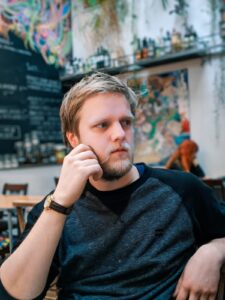



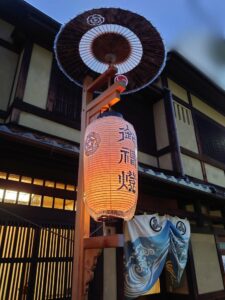
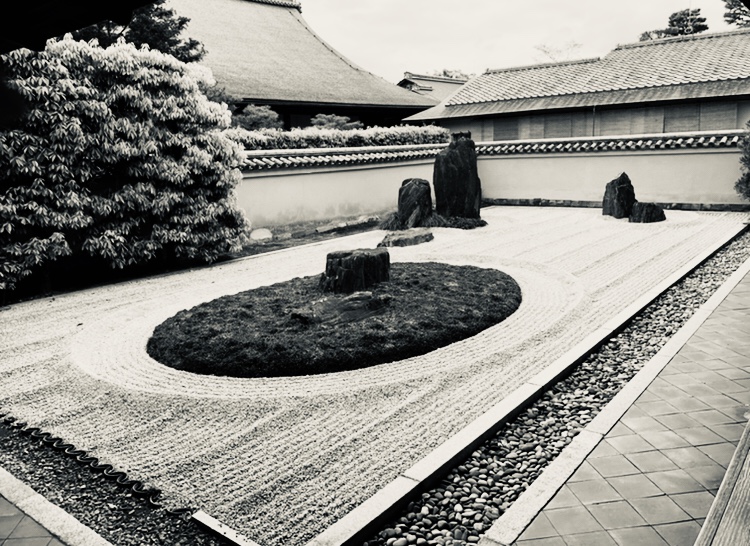
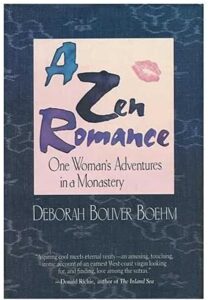

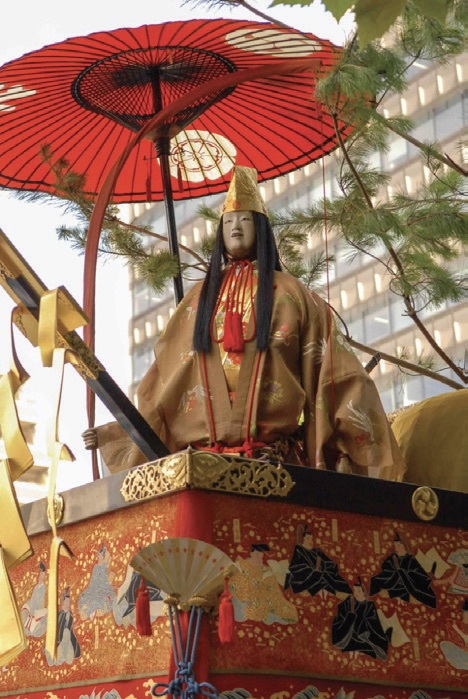


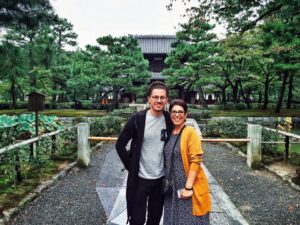

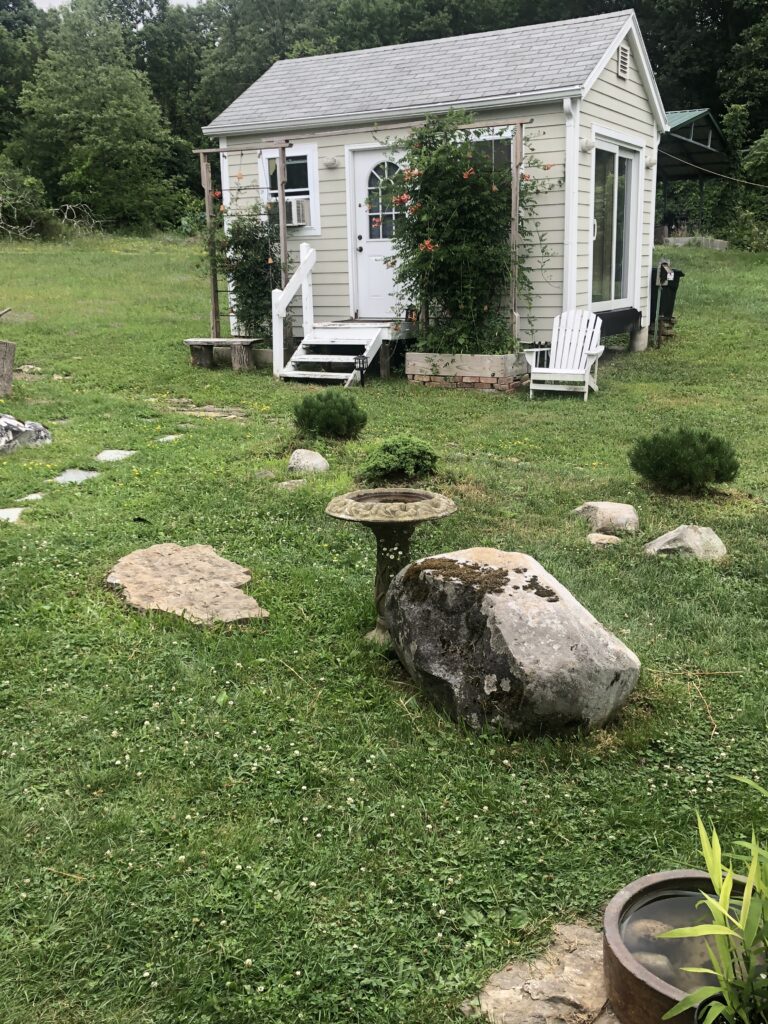

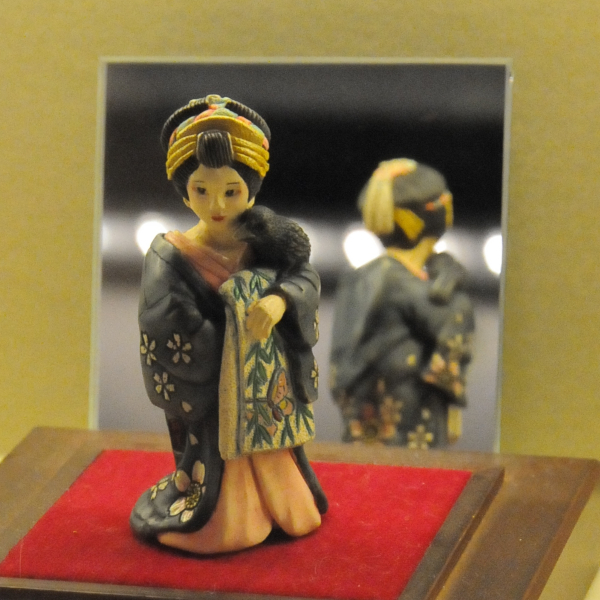
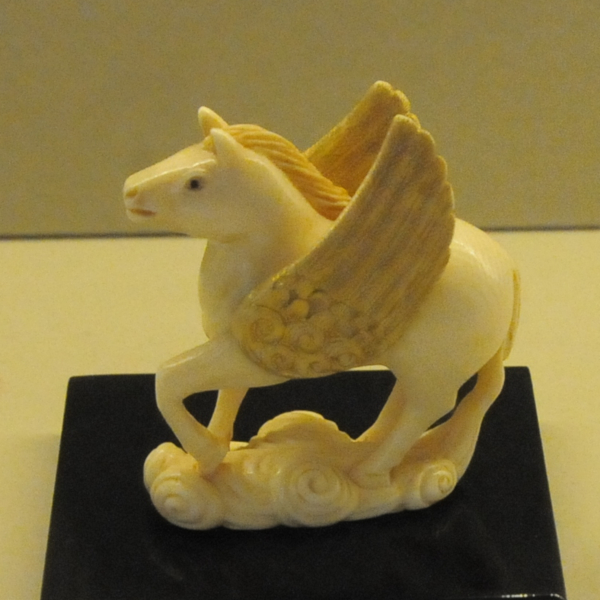
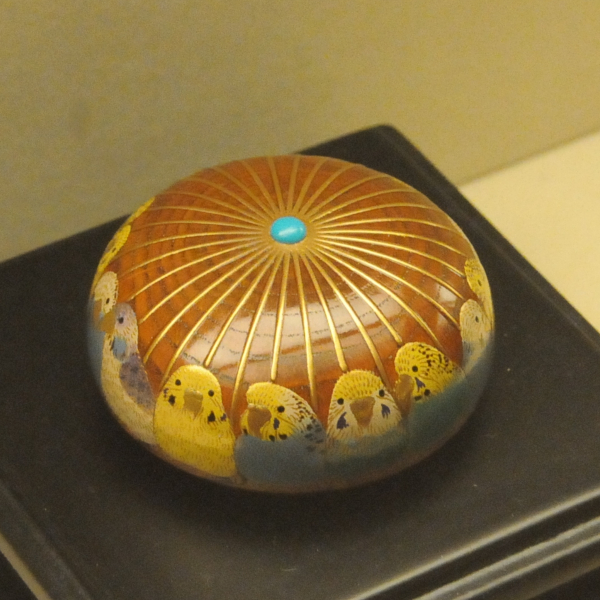





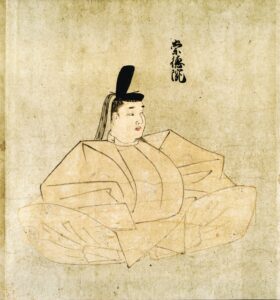
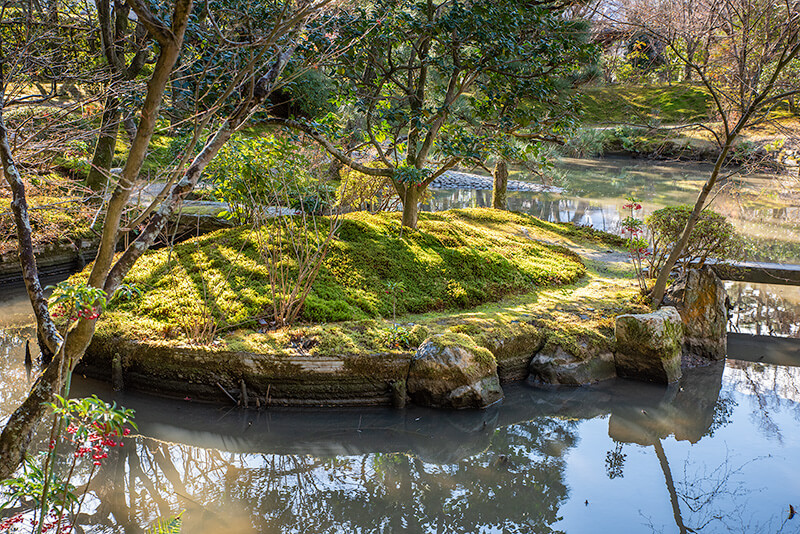
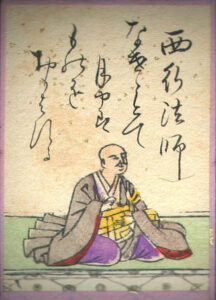


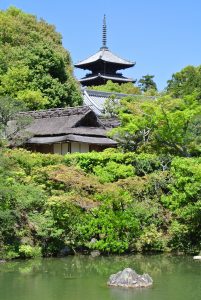
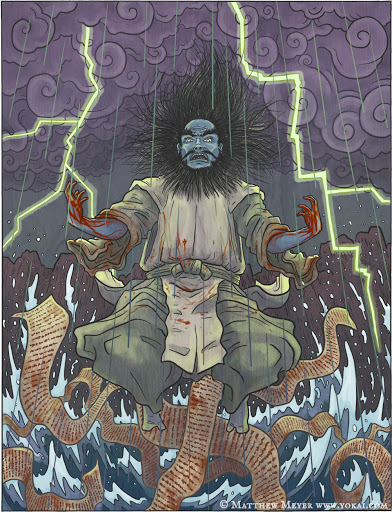

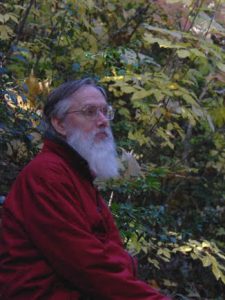

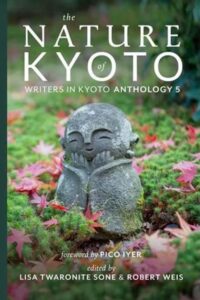
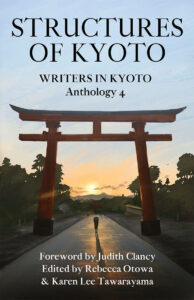
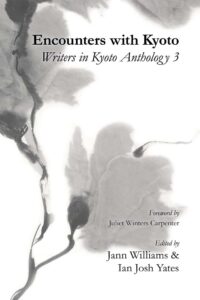
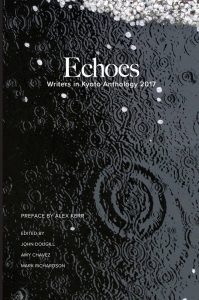
Recent Comments